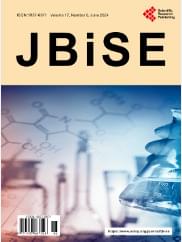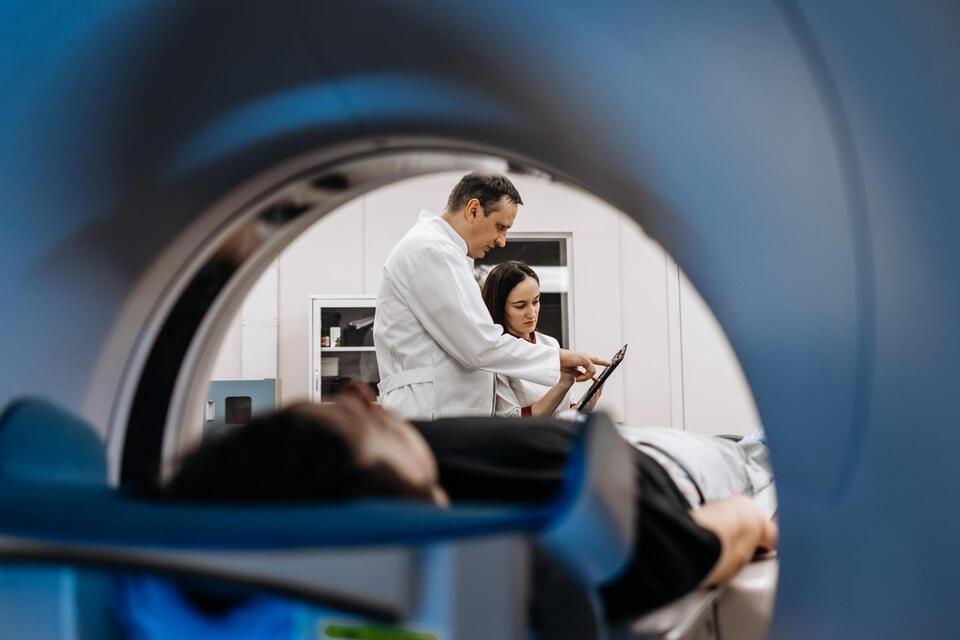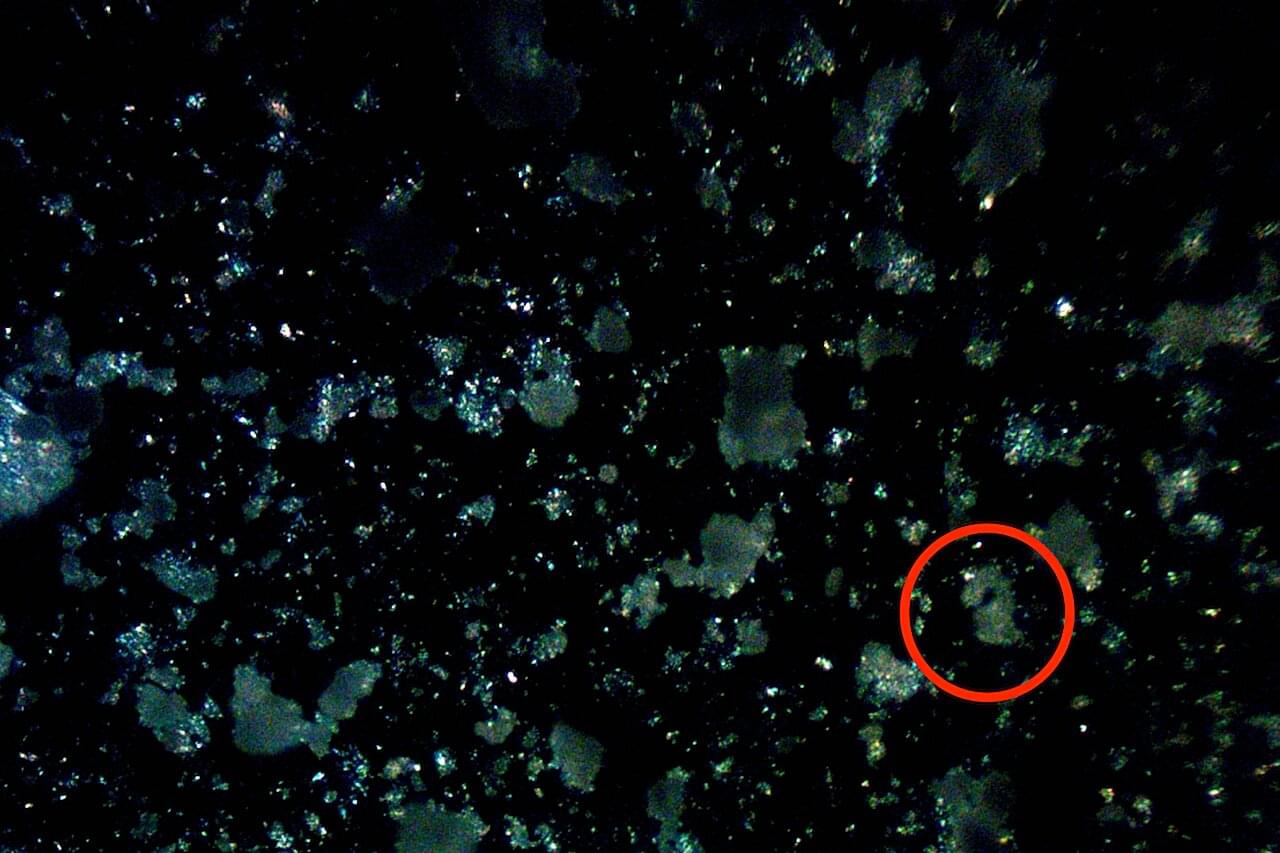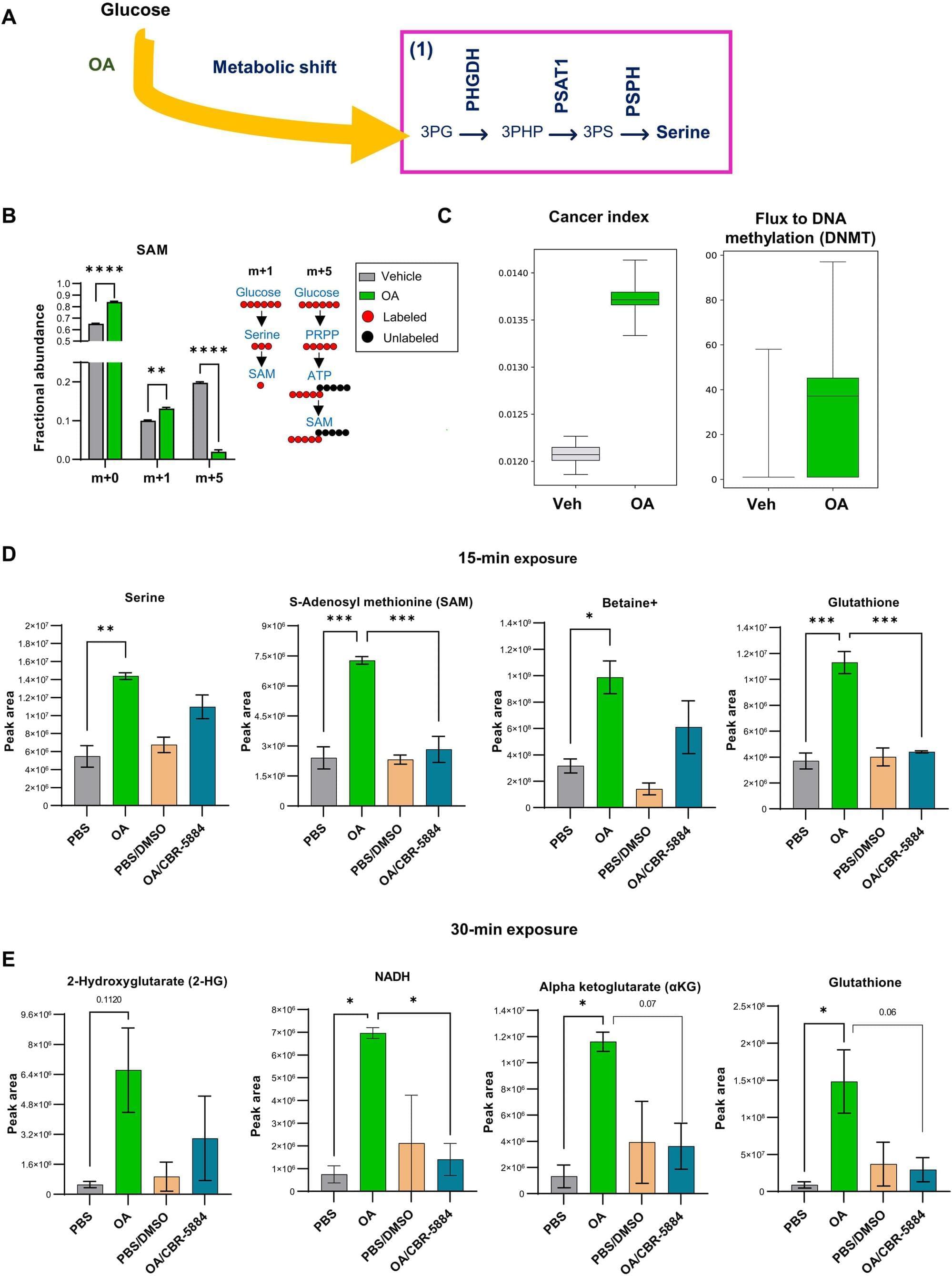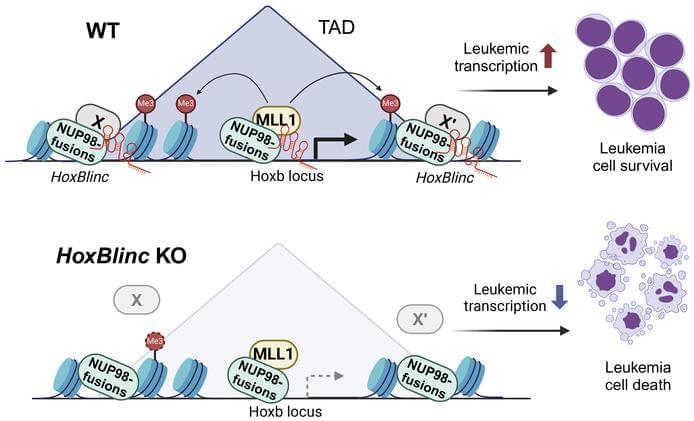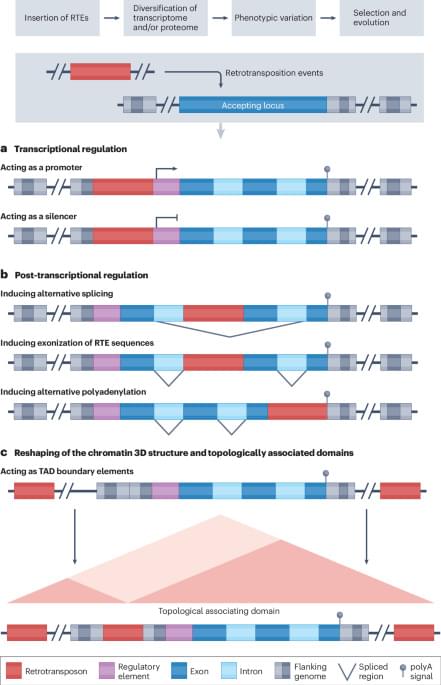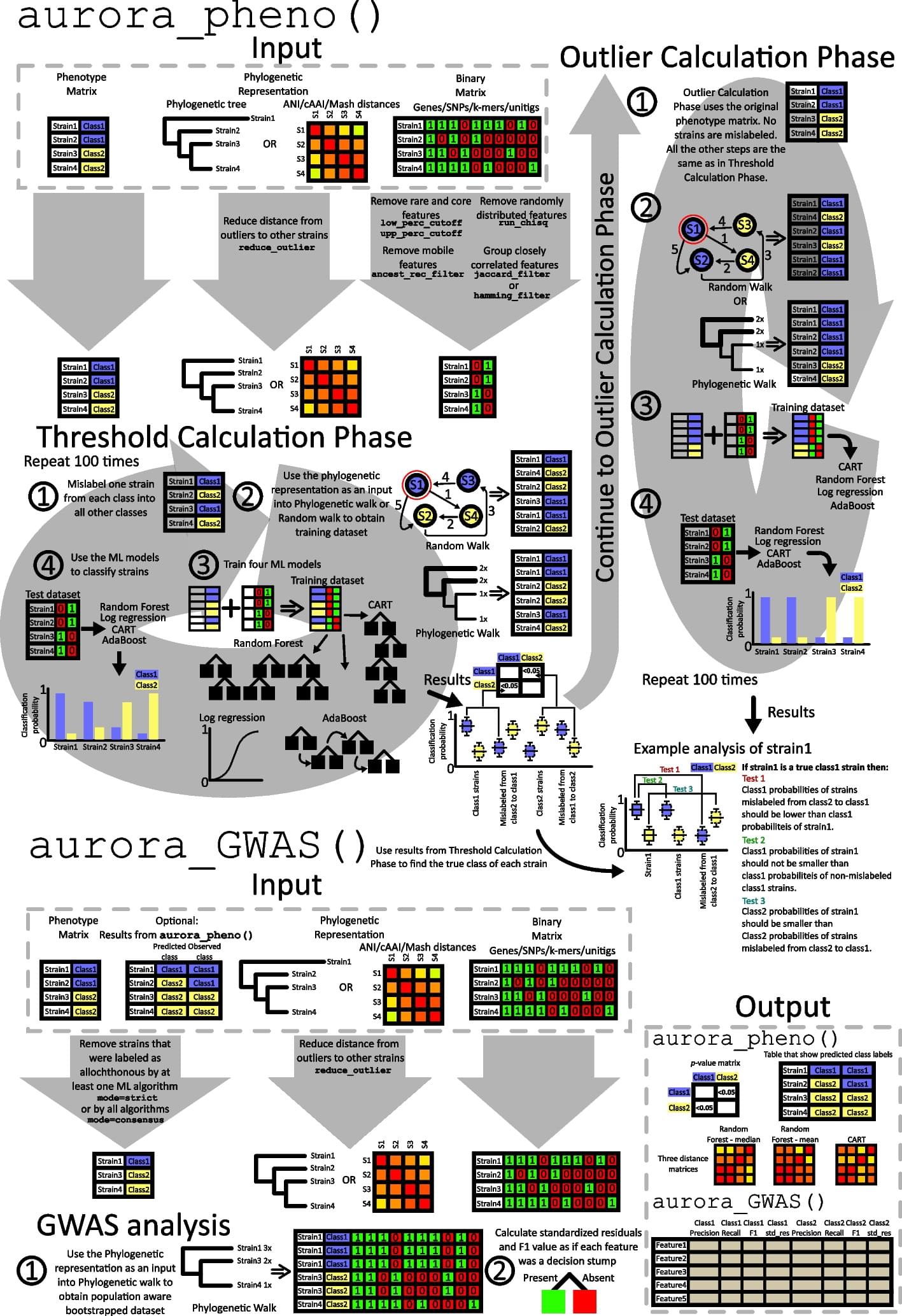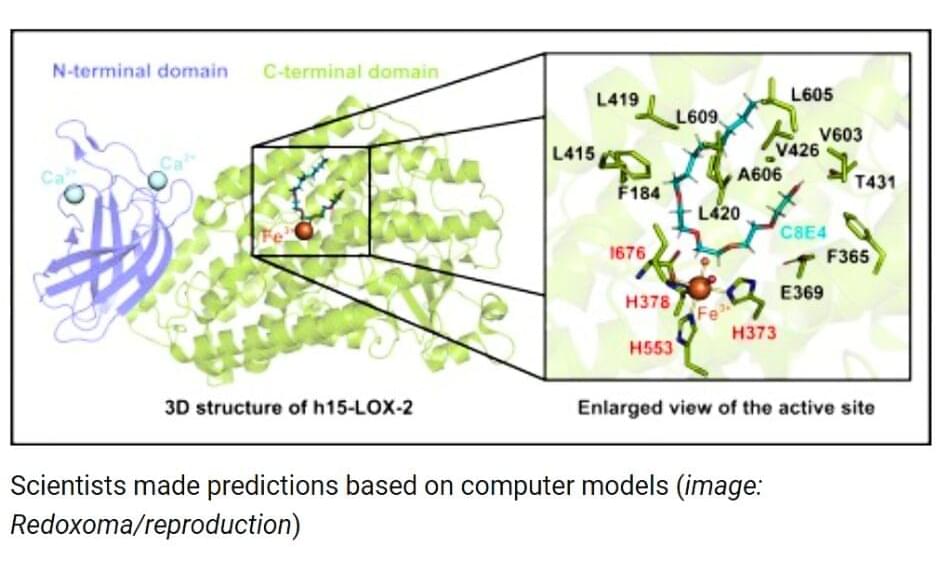As the number of reverse shoulder arthroplasty (RSA) procedures increases, so does the incidence of revision surgery. Baseplate-related complications account for the highest proportion of these revisions, and it has been reported that improving baseplate fixation reduces the likelihood of failure. The present study aims to evaluate the initial stability of the baseplate to the glenoid after RSA. A finite element analysis (FEA) was performed using LS-DYNA models of the scapula and the SMR shoulder system, with a load of 30 N applied in both abduction and flexion, using the baseplate implantation surface as the reference. Micromotion was defined as the difference in displacement between the baseplate and the scapular fossa. The results demonstrated that micromotion between the glenoid and the baseplate diminished with increasing elevation in both abduction and flexion. It is hypothesised that in the SMR shoulder system, the screws are pressed into the glenoid during abduction, thereby contributing to enhanced initial stability.
